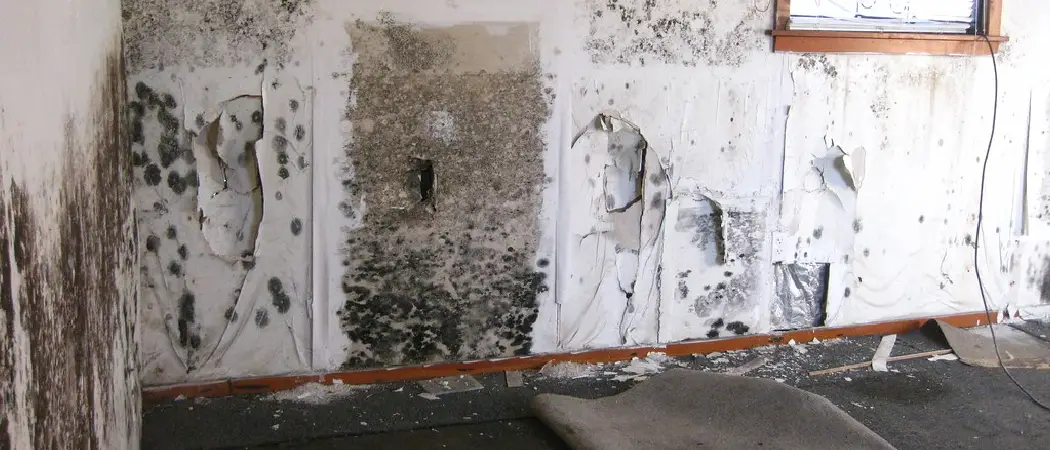Mold—a term used to describe various types of fungi that grow in filaments and reproduce by forming spores—thrive in moist conditions and can be found in both outdoor and indoor environments.
The potential health risks associated with indoor mold exposure range from allergies and irritations to more serious respiratory issues, particularly in individuals with compromised immune systems or existing respiratory conditions.
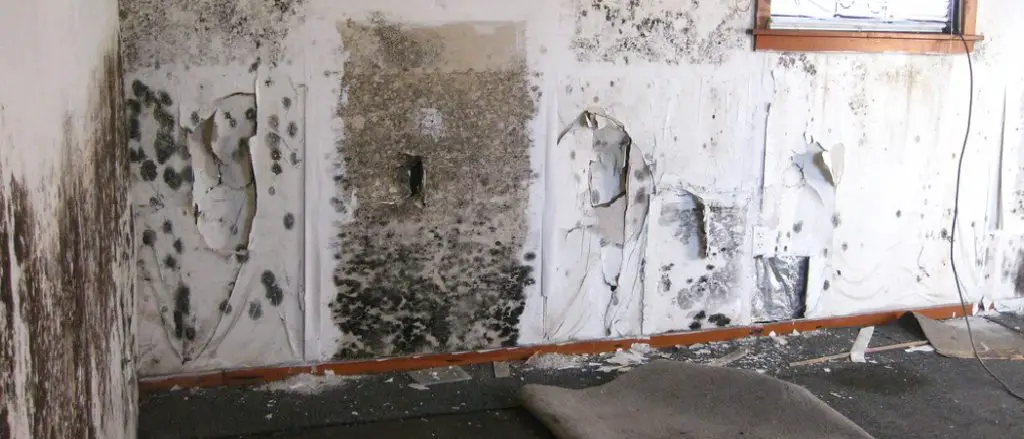
Recognizing the critical importance of early detection and elimination, this blog post addresses the pivotal question: how to tell if there is mold in your house.
In the following sections, we will explore the common signs of mold presence, effective methods for mold detection, and proactive steps for mold prevention, providing a comprehensive guide to safeguarding your living space against this insidious intruder.
In-Depth of Mold in Your House
About Mold
Before delving into the identification of mold in your house, let’s take a quick look at what mold actually is. As mentioned earlier, mold is a type of fungi that can grow both indoors and outdoors. It serves an important function in nature, breaking down dead organic matter and recycling nutrients back into the soil.
However, when mold finds its way inside homes and buildings, it can cause a range of problems for both the structural integrity and the health of its inhabitants.
Which Types of Mold that You Should Be Aware of
There are thousands of different types of mold, but not all are harmful to humans. The most common types that can be found in homes include Alternaria, Aspergillus, Cladosporium, and Penicillium. These molds can cause health problems ranging from allergy-like symptoms to more serious respiratory issues.
It is important to note that even harmless molds can still cause allergic reactions in some individuals, so it is always best to address any mold presence in your home.
How to Tell if There Is Mold in Your House: Recognizing the Signs of Mold
Visual Cues
Discoloration and Stains
The most obvious sign of mold in your house is the presence of discoloration or stains on walls, ceilings, floors, and other surfaces. Mold can appear as black, green, brown, or even white spots or patches.
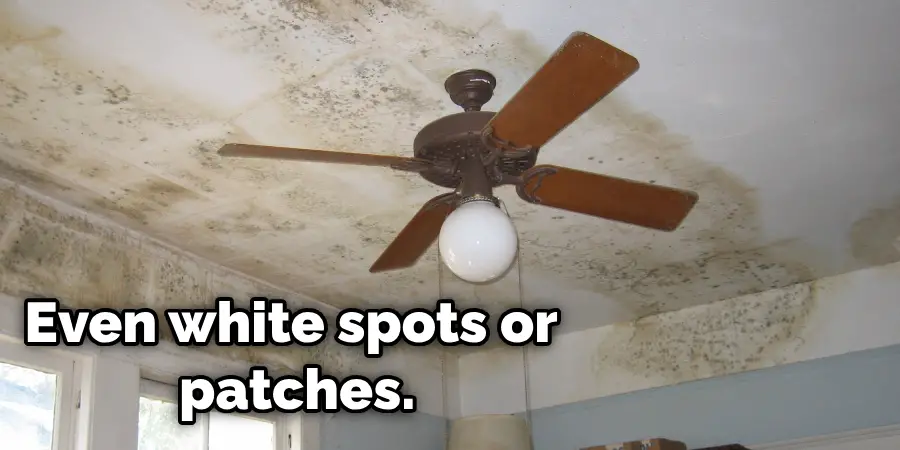
Keep an eye out for any changes in color or appearance on surfaces that are prone to moisture or have been exposed to water damage, as these are common places for mold growth.
Musty Odors
Mold often produces a distinct musty odor that can be described as earthy or damp. If you notice this scent in your home, it could be an indication of hidden mold growth behind walls, under flooring, or in other hard-to-reach areas.
Physical Symptoms
In addition to visual cues, mold presence in your house can also manifest in physical symptoms. These may include:
- Allergy-like symptoms such as sneezing, coughing, and itchy eyes
- Respiratory issues such as difficulty breathing and chest tightness
- Skin irritation or rashes when in contact with moldy surfaces
If you or your family members experience these symptoms without any apparent cause, it is worth investigating for mold presence in your house.
Olfactory Clues
Smelling Mold
As mentioned earlier, mold can produce a distinct musty odor. If you can smell mold in your home, it is highly likely that there is mold growing somewhere. The odor may be stronger in certain areas or rooms, indicating the location of the mold growth.
Detecting Musty Odors
If you are unsure whether or not a particular scent is due to mold, you can try a simple test. Leave your house for a few hours and then come back in. If the musty odor is stronger when you return, it is likely that there is mold growth somewhere.
These are a few ideas that will resolve your queries about how to tell if there is mold in your house.
Hidden Havens: Places Where Mold Lurks Unseen
The Dark Corners
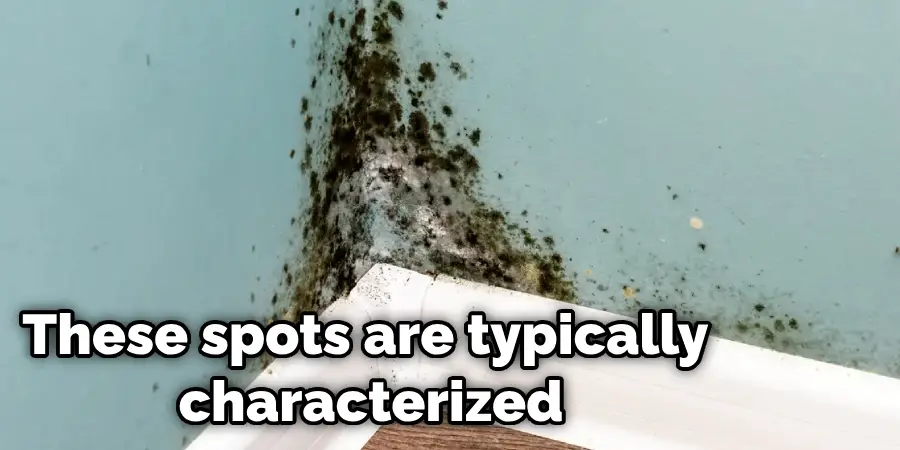
Mold thrives in environments that are often out of sight, making basements, attics, crawlspaces, and the areas behind appliances prime locations for mold to grow undetected. These spots are typically characterized by lower traffic, reduced airflow, and increased humidity—all of which contribute to mold proliferation. It’s crucial to regularly inspect these areas for any signs of moisture build-up or mold growth and ensure they have adequate ventilation.
Beyond the Obvious
Moving away from the obvious moisture-rich environments, it is also vital to recognize potential mold havens within our living spaces. Bathrooms, kitchens, and laundry rooms naturally generate a lot of moisture and condensation, offering mold the perfect habitat to flourish. Pay special attention to tile grout, under-sink cabinets, and around appliances where water tends to accumulate.
Under the Surface
Mold can also reside out of plain view, concealed behind wallpaper, under carpeting, behind wall tiles, or within insulation materials. These hidden surfaces can harbor mold for a long time without detection, as they provide a favorable environment shielded from light and disruption. It’s important to be cognizant of any bubbling, peeling, or warping of these materials, as it may indicate the presence of mold growing underneath.
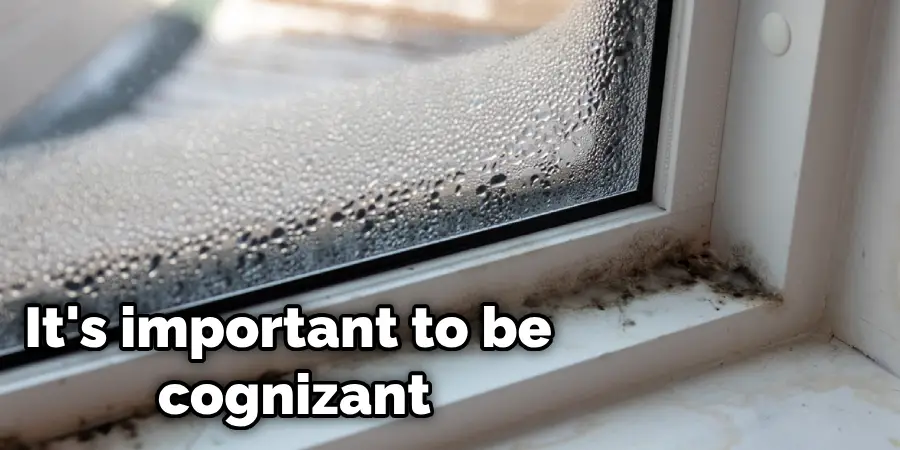
High-Risk Areas for Mold Growth
In addition to the less visible spots mentioned, certain areas in your home are particularly susceptible to mold due to their functions and frequent contact with water. Being aware of these areas and monitoring them can significantly reduce the likelihood of mold taking hold.
Bathrooms: A Wet Environment
Bathrooms are prime mold real estate due to the constant presence of moisture. Showers, baths, and sinks can produce steam and water splashes that settle on surfaces. To mitigate mold in bathrooms, ensure good air circulation, use an exhaust fan, and wipe down wet areas regularly.
Kitchens: Where Cooking Meets Moisture
Similar to bathrooms, kitchens also have a high potential for mold due to cooking, washing dishes, and the use of appliances like dishwashers and refrigerators that can leak. Keeping kitchen surfaces dry, fixing leaks promptly, and ensuring that the room is well-ventilated can help prevent mold growth.
Laundry Rooms: Damp and Warm
Laundry rooms with washing machines and dryers are prone to mold growth as well, especially if the appliances are not properly vented. Using dehumidifiers and checking for leaks in hoses can help maintain a dryer environment and, thus, a mold-resistant laundry area.
HVAC Systems: Circulating More Than Just Air
Heating, ventilation, and air conditioning (HVAC) systems can distribute mold spores throughout the home if they begin to grow in the system’s ductwork. Regular maintenance of HVAC units and air duct cleaning can help prevent this problem.
Being proactive in these high-risk areas can help in the prevention and early detection of mold. Regular inspections and maintenance, combined with a swift response to any sign of mold, can keep your home healthy and mold-free.
What to Do if You Find Mold in Your House
If you have determined that there is indeed mold in your house, it is important to take immediate action. Here are some steps you can take to address the issue:
Identify the Source
The first step in mold remediation is to identify and eliminate the source of moisture that is allowing the mold to grow. Without addressing this, even if you remove visible mold, it will likely come back.
Clean Thoroughly
It’s essential to clean thoroughly any areas with visible mold growth using a mixture of water and detergent or specially formulated mold cleaners. Be sure to use protective gear, such as gloves and a mask, to avoid inhaling mold spores.
Dry the Area
Once cleaned, ensure that the area is completely dry to prevent further mold growth. This may involve using fans or dehumidifiers to remove excess moisture from the air.
Seek Professional Help
In cases of extensive mold growth or if you are unsure of how to handle the situation properly, it is best to seek professional help from a mold remediation specialist. They have the expertise and equipment to safely remove mold and prevent it from coming back.
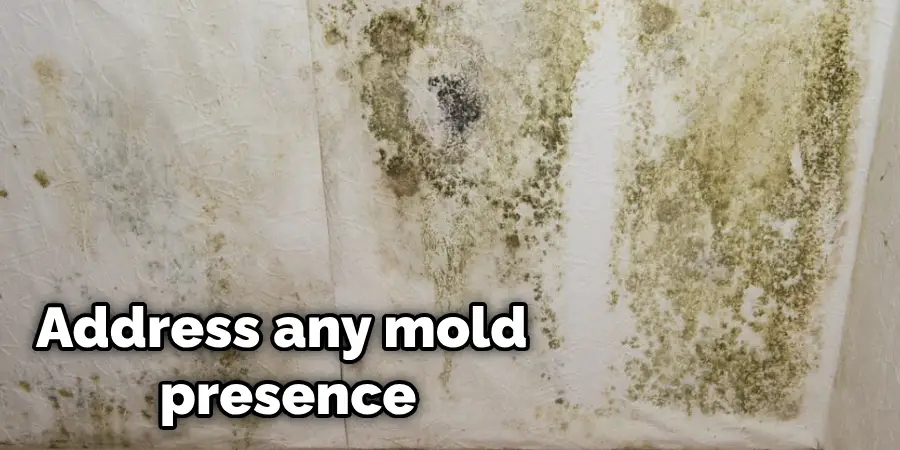
By following these tips, you can effectively identify and address any mold presence in your house, ensuring a safe and healthy living environment for you and your family.
Preventing Future Invasions: Mold Mitigation Strategies
Ensuring that mold does not return after removal is as important as the initial eradication process. Here are some strategies for long-term mold mitigation:
Maintain Dry Conditions
Keeping your home dry is paramount. Use dehumidifiers in areas that tend to collect moisture, and regularly check your home’s humidity levels, aiming for a range between 30-50%.
Improve Airflow
Good ventilation is crucial, especially in rooms like kitchens, bathrooms, and laundry areas. Use exhaust fans to expel moisture to the outside and open windows when possible to allow fresh air circulation.
Fix Leaks Promptly
Water leaks provide the perfect breeding ground for mold. Repair leaky roofs, windows, and pipes as soon as they’re noticed to reduce the likelihood of mold growth.
Use Mold-Resistant Products
When renovating or building, choose mold-resistant drywall or paint that contains mold inhibitors, especially in high-moisture areas.
Clean Regularly
Frequent cleaning can help prevent the growth of mold. Pay special attention to bathrooms and kitchens, where mold is more likely to grow.
By implementing these measures, you can greatly decrease the risk of a mold comeback, maintaining a healthier and cleaner home environment.
When to Call a Professional
Knowing when to contact a professional for mold remediation is vital to ensuring the problem is handled safely and effectively. If mold covers a large area, if you suspect mold in your HVAC system, or if there’s been extensive water damage—it’s time to call in an expert.
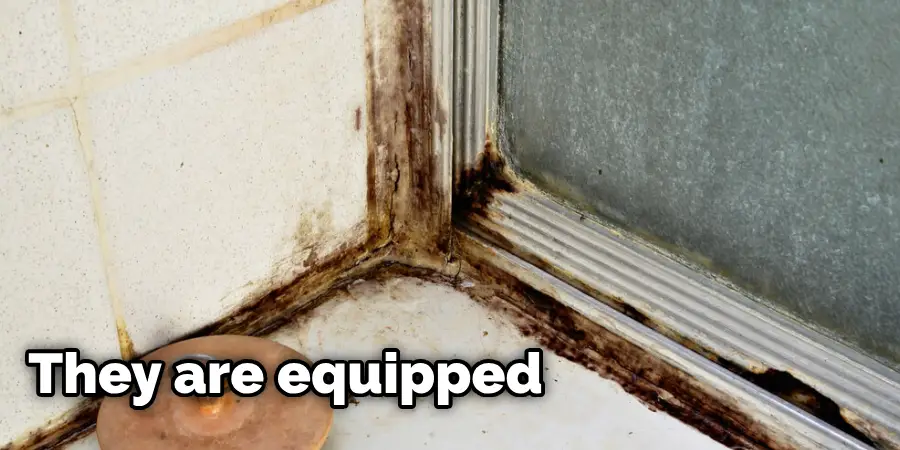
Moreover, if anyone in the home is experiencing chronic health issues like allergies or respiratory problems potentially linked to mold exposure, a professional evaluation is advisable. They are equipped with the right tools and knowledge to not only remove the mold but also prevent its recurrence by identifying and solving the underlying moisture issues.
In Summary: Vigilance Against Mold
In conclusion, understanding how to tell if there is mold in your house is the first step in maintaining a healthy living space. Early detection and prompt action are crucial to preventing the spread and ensuring your home remains mold-free. The strategies discussed herein emphasize the importance of being vigilant and proactive to thwart mold’s insidious encroachments.
Remember, regularly checking your home for signs of dampness and water damage can save you from more considerable troubles down the line. Conduct thorough inspections of typical mold hot spots, and don’t hesitate to take incisive actions the moment you suspect mold’s presence.
We encourage readers to not only apply these insights to their daily routines but also to spread the knowledge by sharing this post with friends and family. Empowering others with the ability to identify and prevent mold growth is key to fostering healthier communities. Stay alert, stay safe, and together, we can keep our homes pristine and mold-free.

